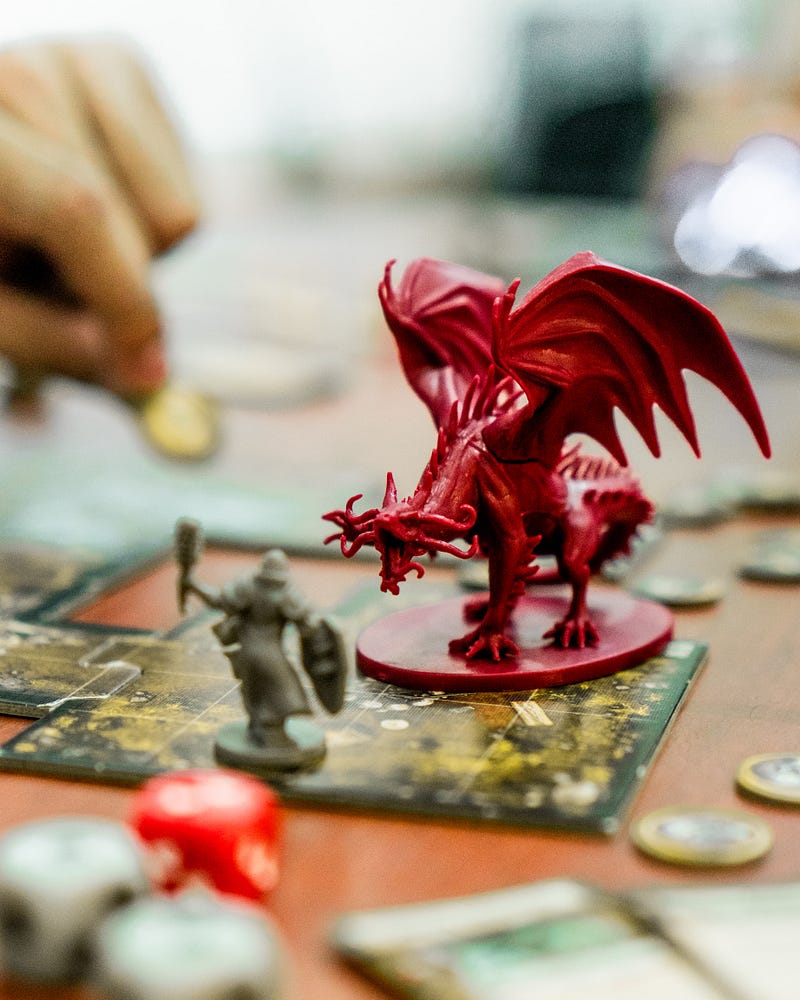Facing the Day Dragons: A Journey Through Recovery and Healing
Written on
Chapter 1: Confronting the Past
As I glance at my phone, a notification pops up: “On this day four years ago.” It’s just a simple photo—one that seems pleasant at first glance. Yet, it strikes me deeply. I can vividly recall everything that was occurring during that time—not just the day, but the entire period surrounding it. This recollection brings forth not just emotional turmoil but also physical discomfort, radiating from my head down to my shoulders. Often, I find tears streaming down my face before I even realize what’s happening.
These unsettling moments occur several times a week; they can be triggered by a picture, a scent, or a familiar song—leading me back to memories of events tied to my past struggles with alcohol.
This section will lead to an indented block of text, typically used for quoting other text.
Section 1.1: Acknowledging the Day Dragons
I refer to these painful memories as Day Dragons. They appear out of nowhere, threatening to disrupt my day and poison my thoughts. If I don’t stand my ground, a Day Dragon can derail my work, personal life, and relationships for hours—sometimes even an entire day. In the past, I would resort to drinking to silence these Day Dragons, attempting to erase the memories of my childhood that haunt me. With a drink in hand, I could manage to get some tasks done without confronting the pain—until the alcohol began spawning new dragons.
Now, with over two years of recovery under my belt, I still encounter these dragons. I’ve learned that succumbing to them leads to dangerous territory. Although I’ve stopped drinking, I can still become lost in the flames of memory or overwhelmed by the anguish of past actions. Thankfully, I’ve developed strategies to combat these dragons.
Subsection 1.1.1: My Strategy

Pause
When a Day Dragon strikes, I take a moment to recognize the memory—experiencing it fully. I allow the sadness, anger, or frustration to surface. By identifying and processing these feelings, I prevent them from becoming trapped, which can lead to even more pain.
Present
Being present is crucial. I remind myself of my current circumstances and assess whether anything resembling the painful memory is happening right now. I take stock of my surroundings—whether I’m at work, home, or with friends—and recognize that the situations causing my past pain are unlikely to manifest in my present life. I also use these feelings to reinforce my commitment to my recovery journey.
Practice
I dedicate time each morning to practice being present. For about ten minutes, I enjoy quiet reflection, contemplating my day ahead and expressing gratitude for what I have right now. Throughout the day, I make a conscious effort to pause. Sometimes, this means taking a short walk outside or simply moving around my home. This practice helps ground me, enabling me to stand firm against the Day Dragons when they come.
Being in recovery is a winding path filled with challenges, including the occasional appearance of Day Dragons. Learning to confront them has been essential for my survival. The three Ps—Pause, Present, and Practice—provide me with the tools needed to triumph in these struggles.
How do you confront your Day Dragons?
Chapter 2: Strategies for Recovery
The first video, "Slaying Dragons Review," explores various strategies for coping with personal demons and finding empowerment in recovery.
The second video, "World Dragon Slaying Day Comes to Temperance," discusses community support and its role in battling personal challenges.